12/10/2015
During December holidays at our beach house we spend almost all our time outside on the deck. Every meal is therefore an al fresco affair. I usually do 95% of the cooking over the holiday period, to give the wife a break. Over the past few years it used to irritate me endlessly not having something to carry all the usual utensils, olive oil, salt, pepper etc etc to the table. We cannot leave anything outside, as the monkeys would carry it off in no time. They are real pests and are known as Blou Apies in Afrikaans (Chlorocebus). In the picture below you can see one showing off the blue part of it’s anatomy were it got it’s name from.
For that reason mentioned above, I decided to build something that can make this chore less frustrating. In the end I settled on the idea of an open toolbox. The joinery was inspired by a Japanese toolbox I saw on the net and the curves and other aesthetic elements probably come from Cape Dutch architecture, which I love dearly.
I found a Dolfhout (Pterocarpus angolensis) board in my collection for the job. As you can see, it has stunning grain patterns with a marked contrast between heartwood and sapwood. The only problem with this particular board is the dramatic changes in grain direction, but I thought it should be fine for a fairly small toolbox which will do very light duty.
I used the setup below to chop the board into appropriately sized pieces. It should be clear from these pictures how my “overkill” of holdfast holes in this bench continues to be extremely handy for all sort of hand tool operations.
Here I am ripping one of the pieces with a Disston no. 12.
This is the design I came up with for the end boards of the tool box.
The floor/base board has two through tenons on each side that will be wedged.
Here I am creating the mortises in the end board.
After the two pieces were fitted I marked out the location of a very shallow dado to accept about 3 mm worth of floor/base board. I used a chisel and no. 71 Lie-Nielsen router plane to remove the waste.
26/10/2015
Pretty much the same joinery and idea was used for the sides of the toolbox.
All the joinery fits nicely together at this stage. The tenons will be wedged and left to protrude once the toolbox is assembled.
I used my reconditioned (pre 1900) no. 66 beader to put beads at the bottom of the sides and the side of the base (where these two parts meet).
I found this ghastly Stanley plough plane amongst the tools my father never used. It was given to him as a present from work, but he was a power tool woodworker so it never saw any action. Having restored several old Stanley planes, I have to say that this is an embarrassment to the Stanley legacy. The crappy plastic handle defines this tool shaped object. Anyway, it did manage to cut a dado for the divider that slots into the base, but I cannot wait for Lie-Nielsen’s new plough plane that is supposed to be out soon.
By the way, the featured image is an African sunset on the Mighty Okavango.




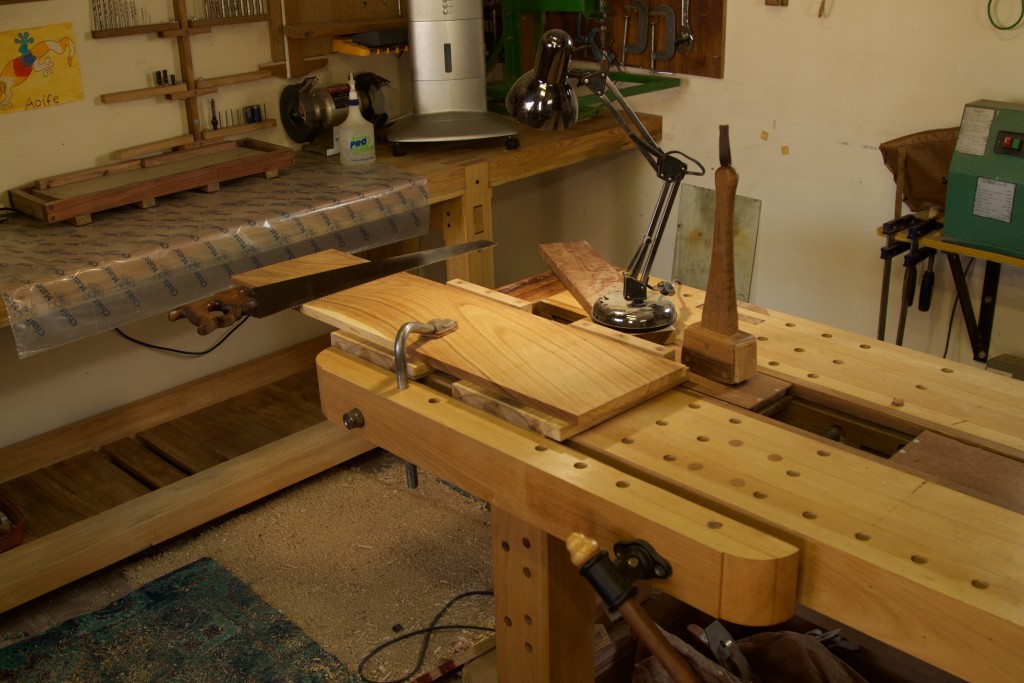

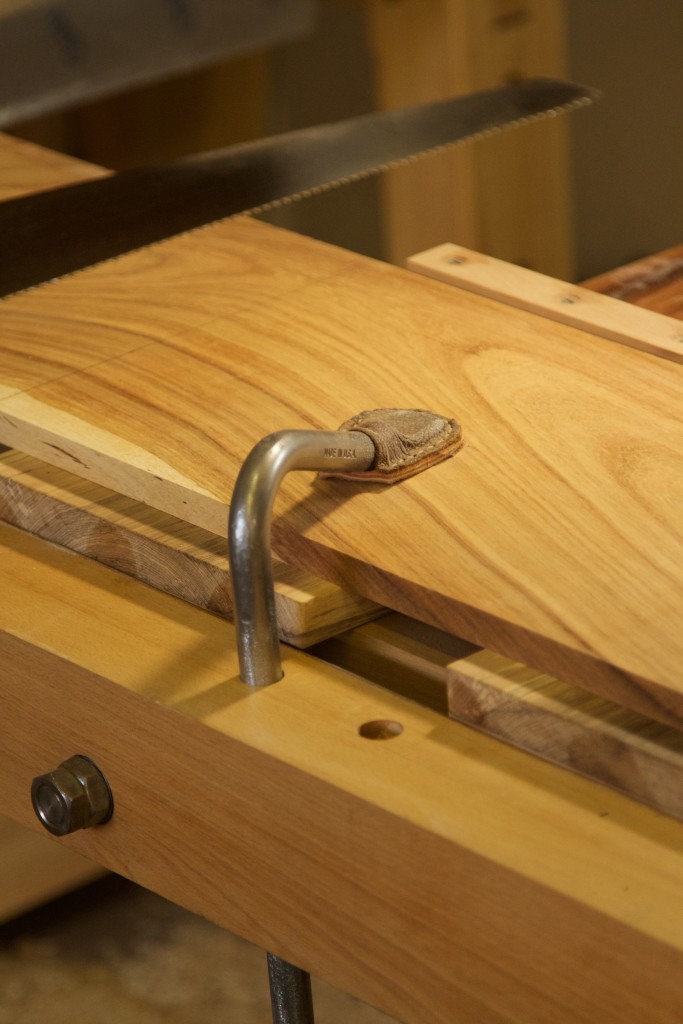
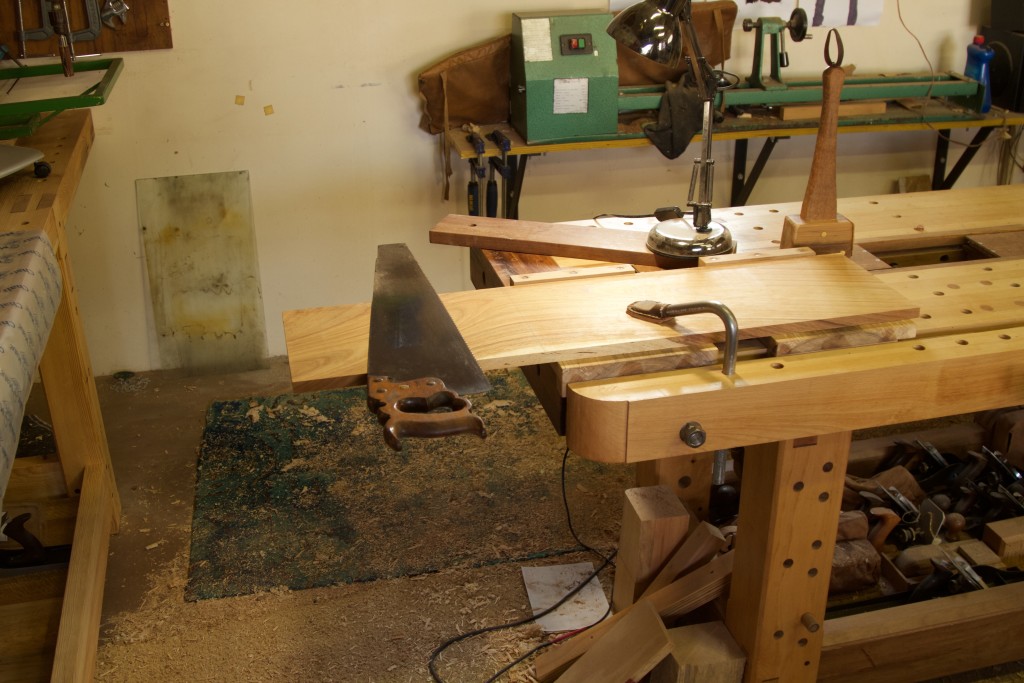

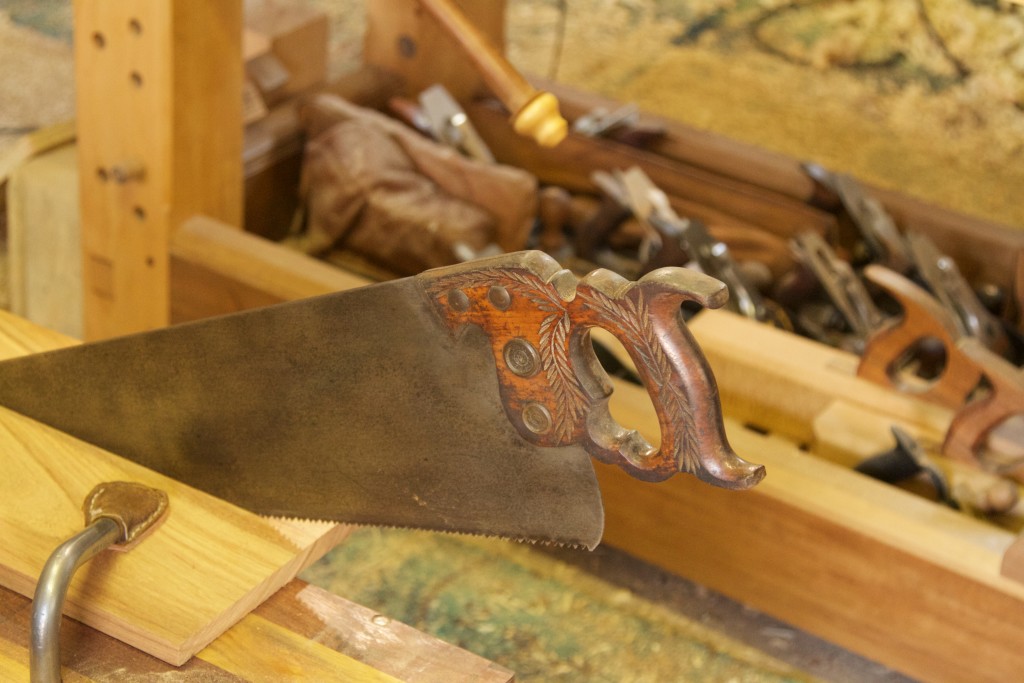


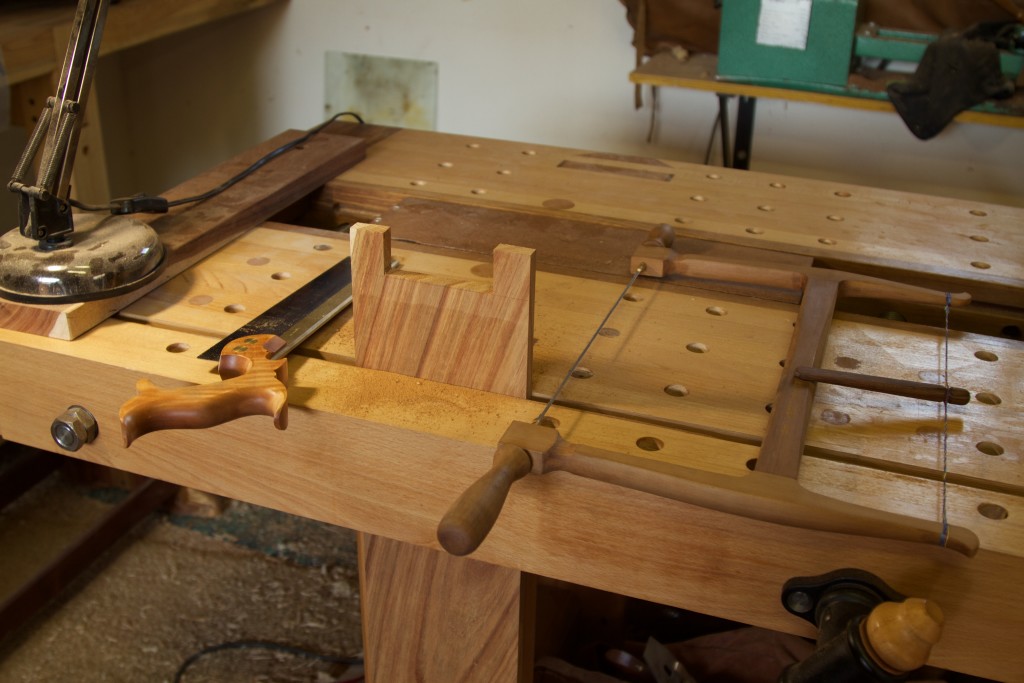
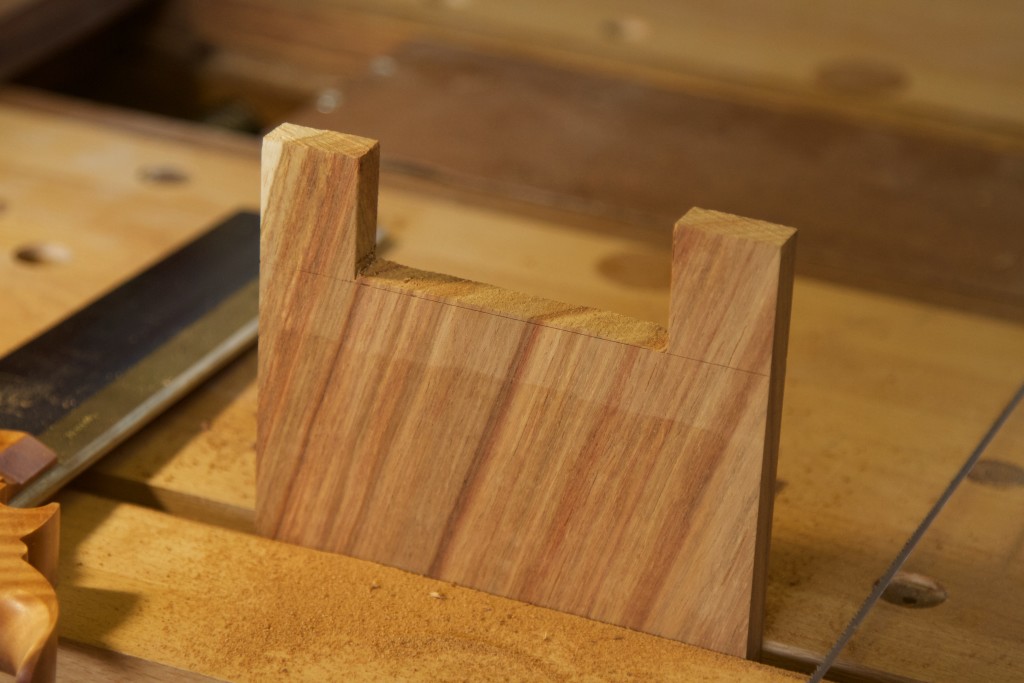
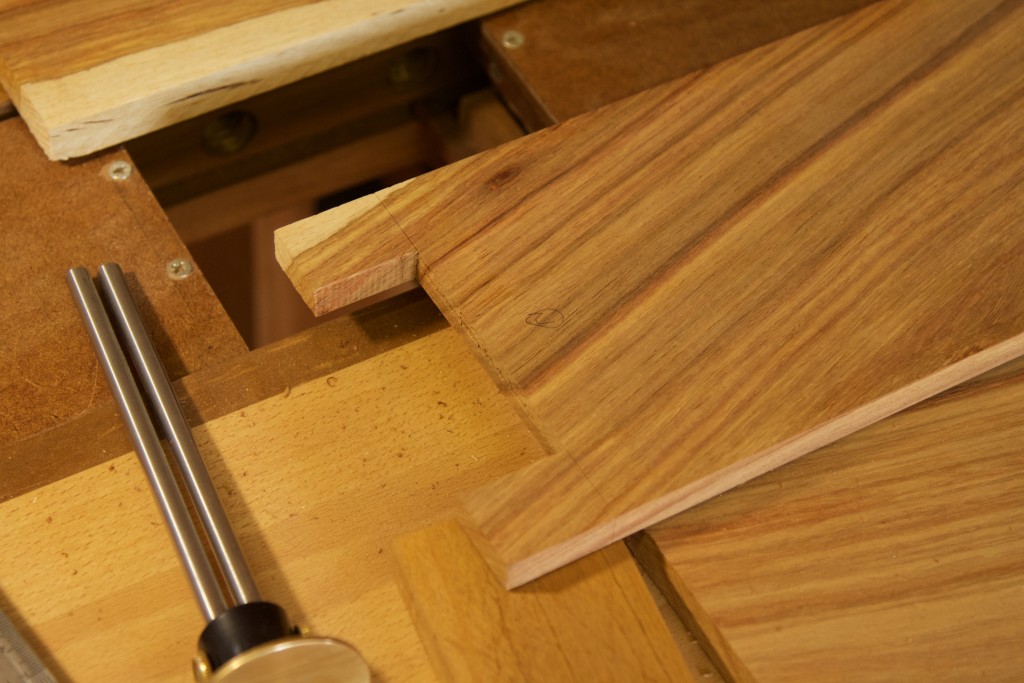

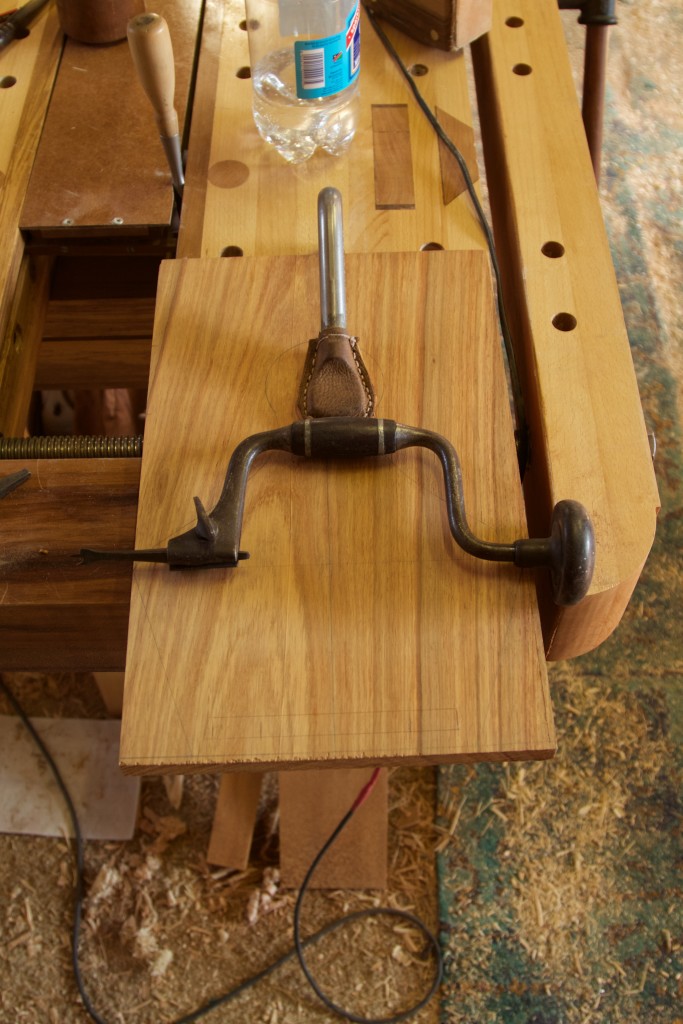



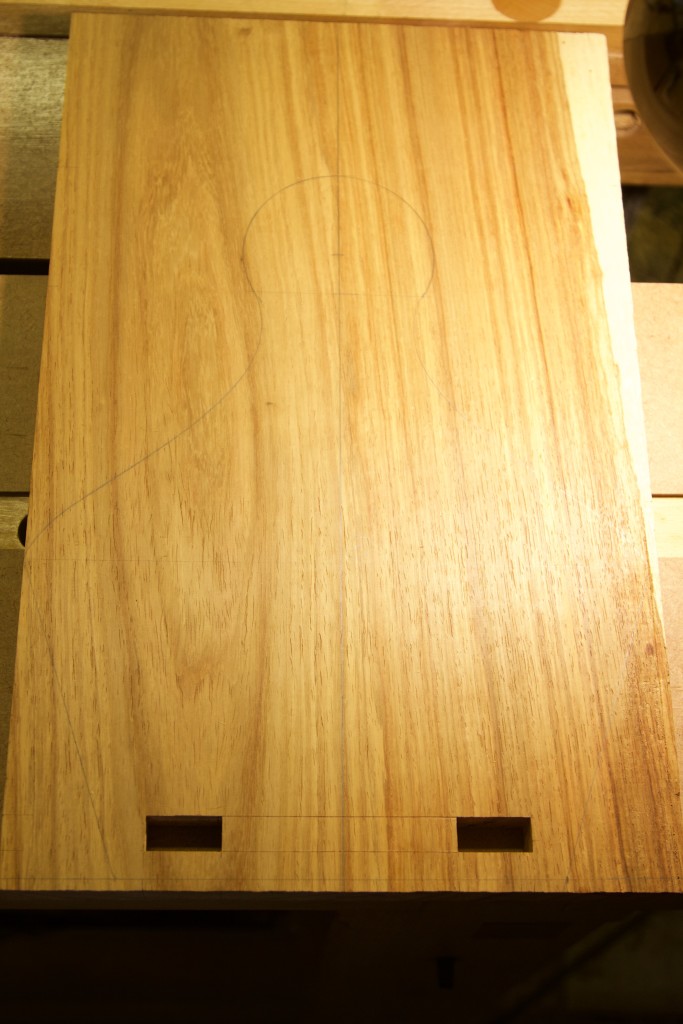
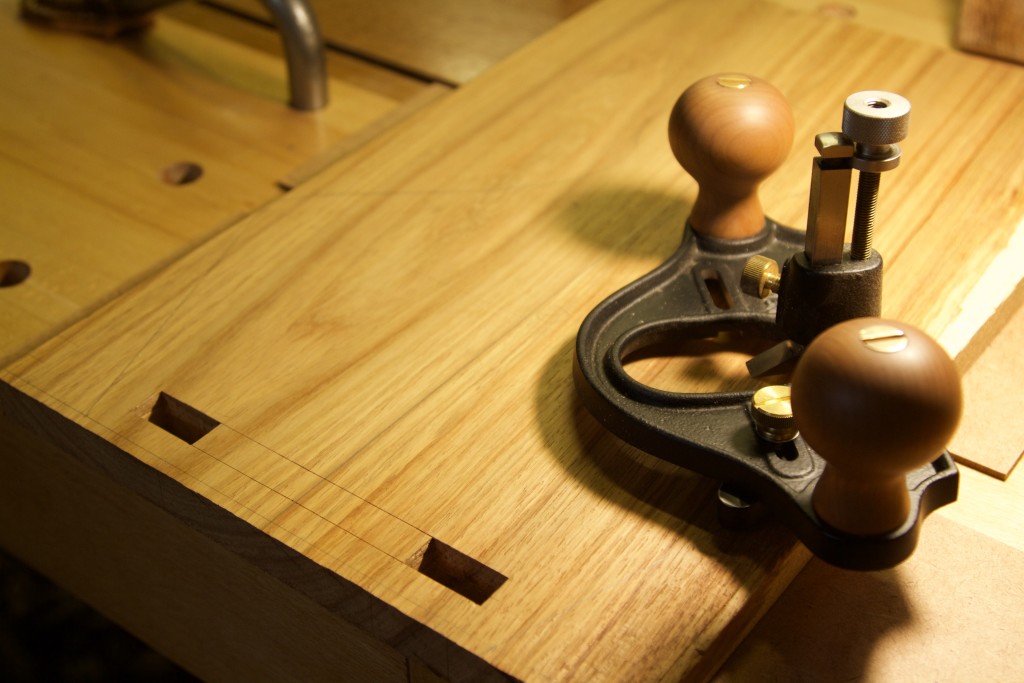
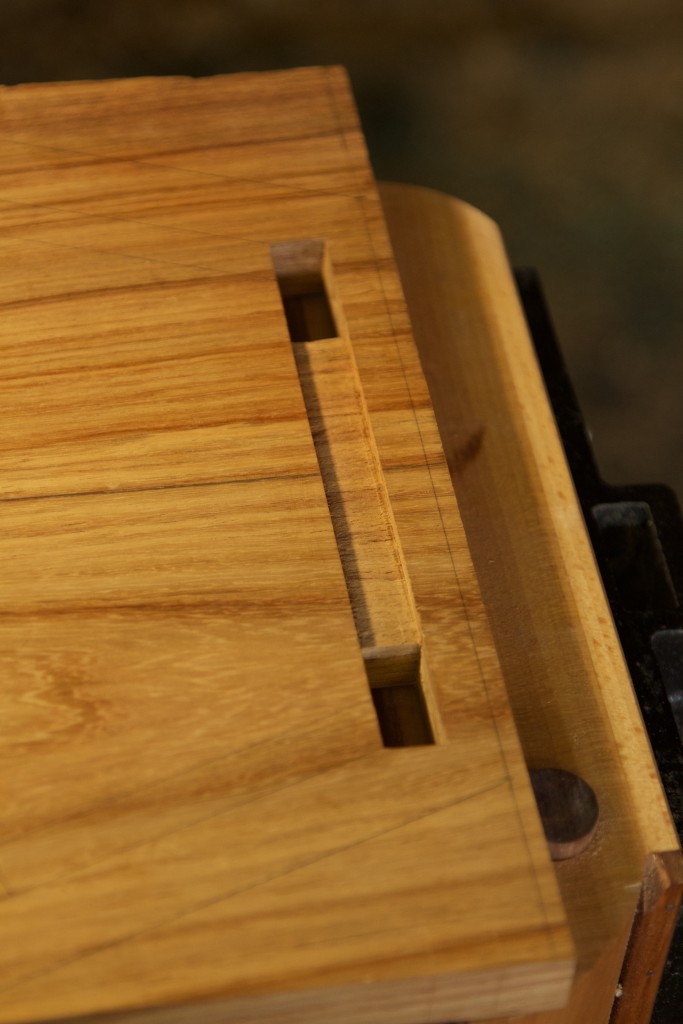
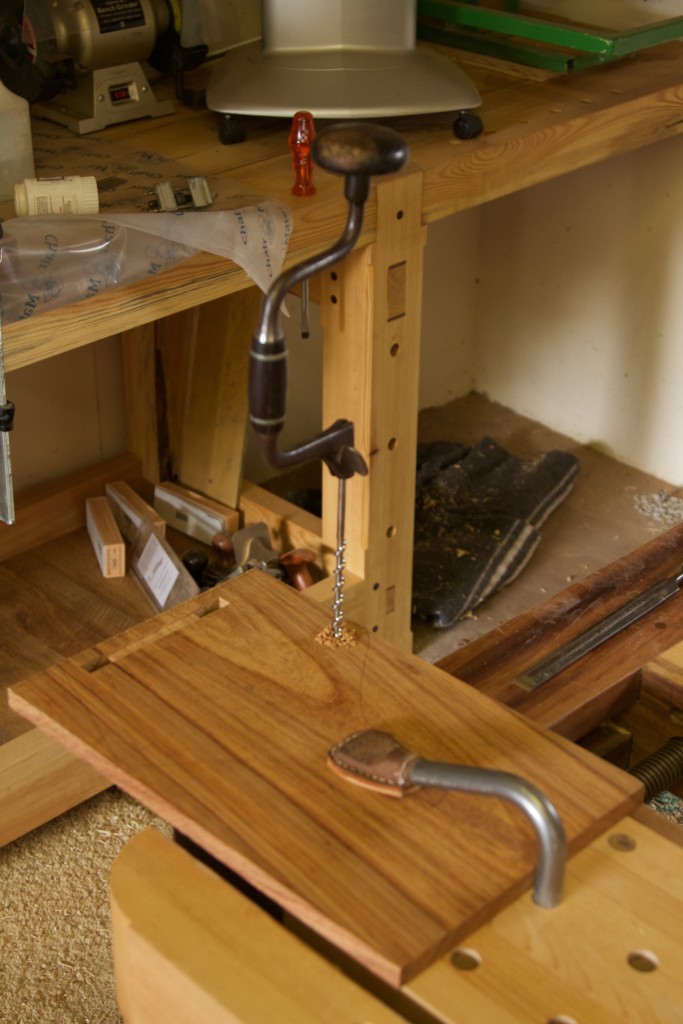

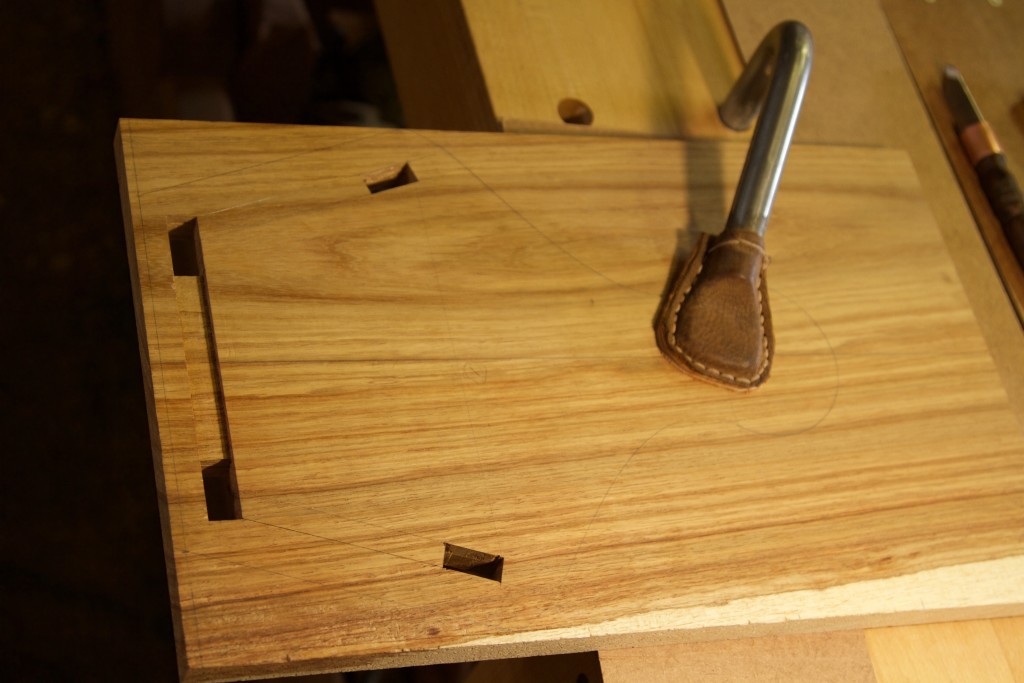
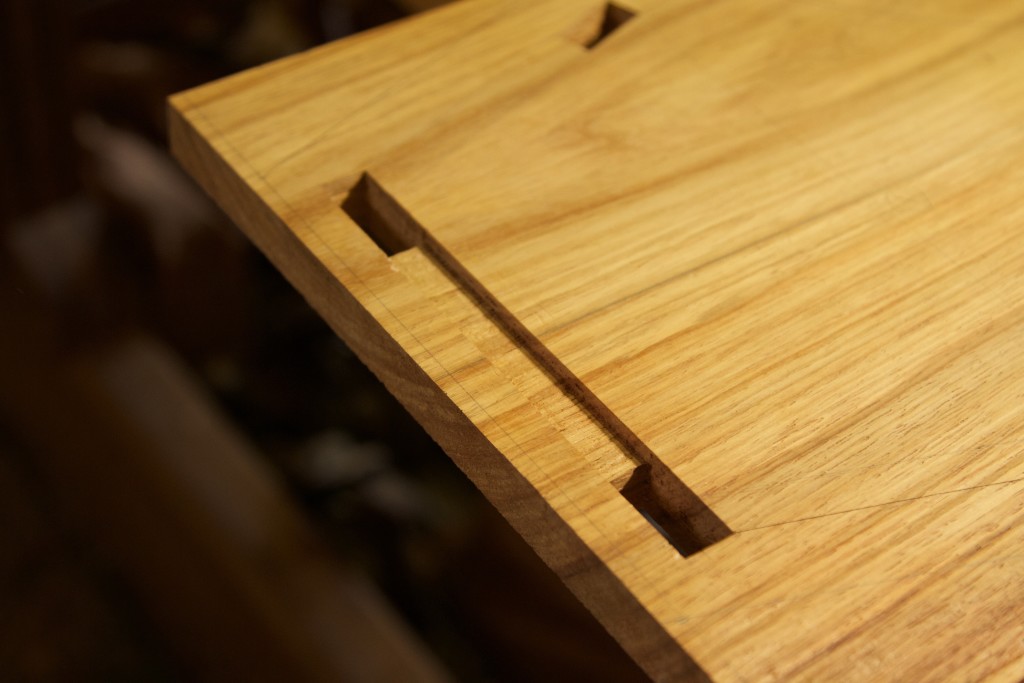
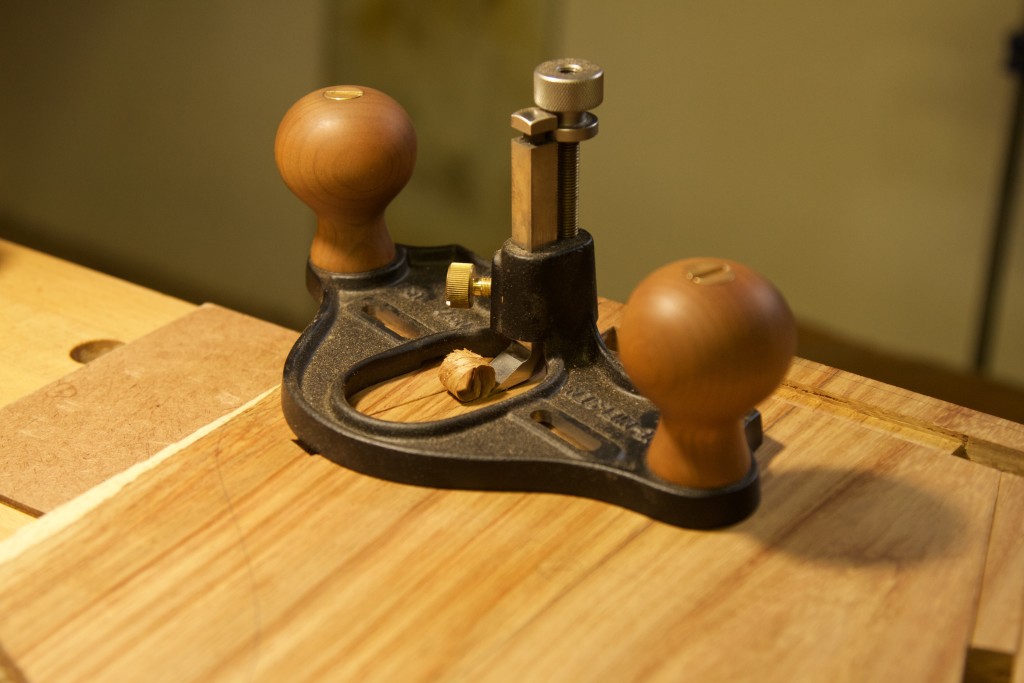
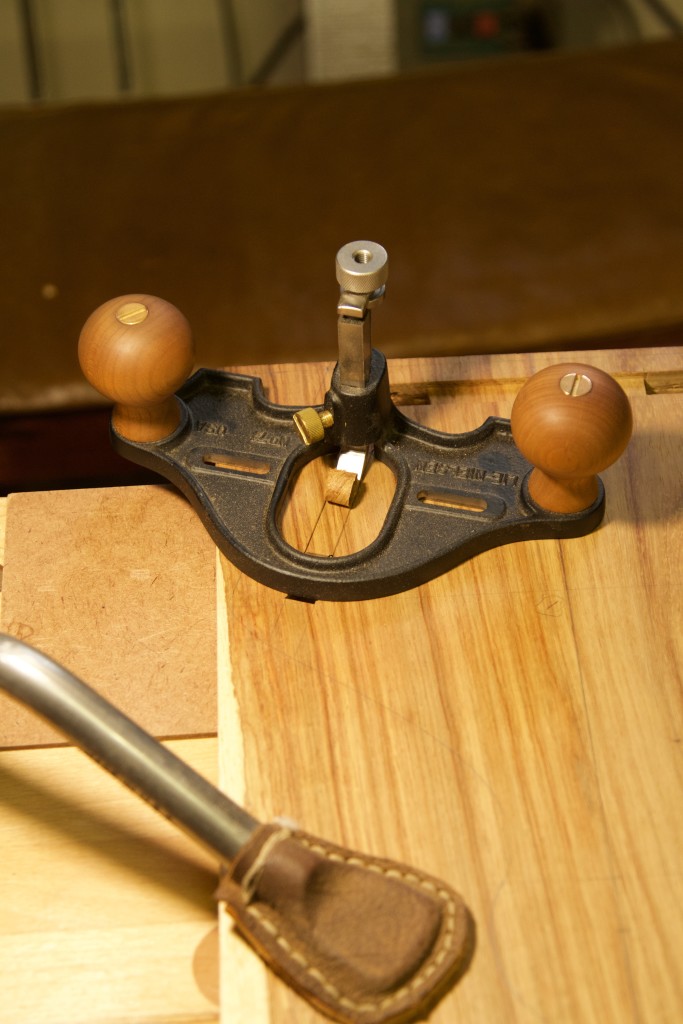



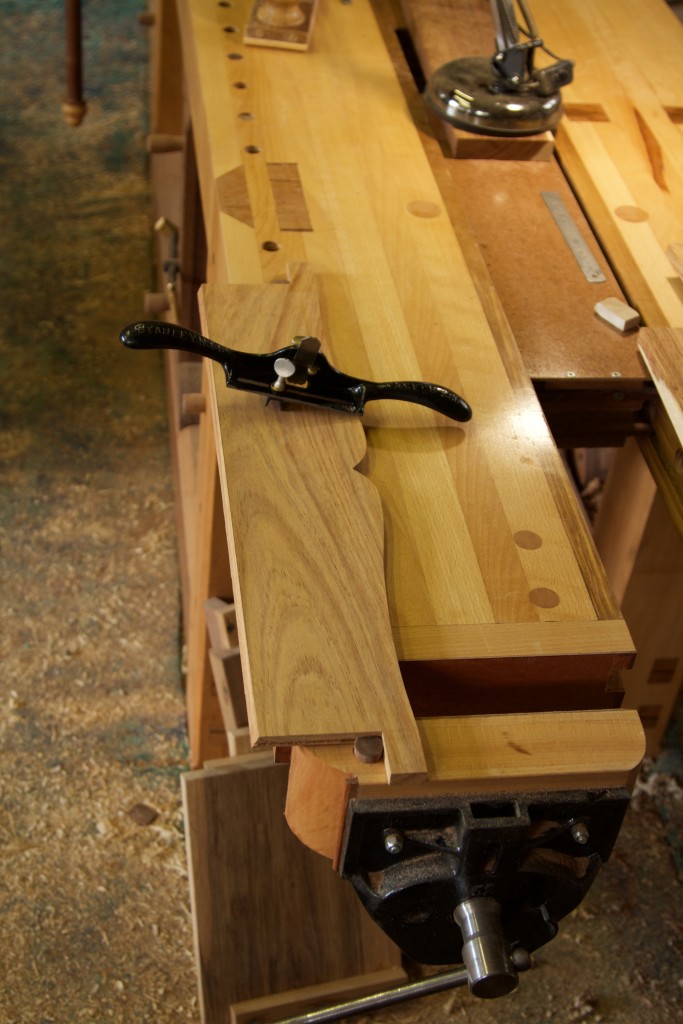

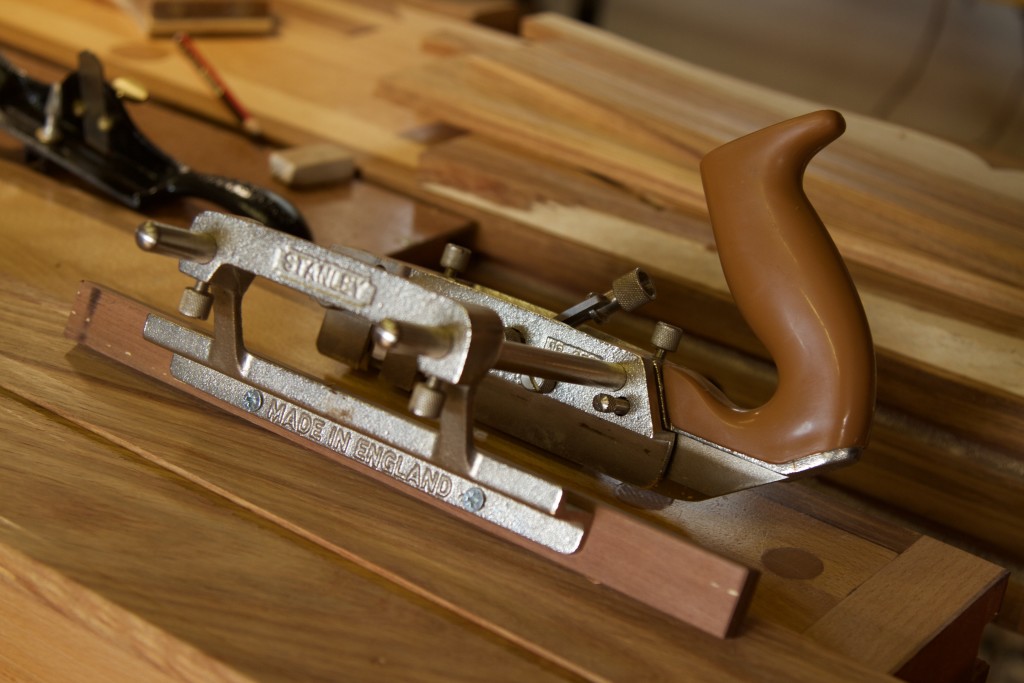
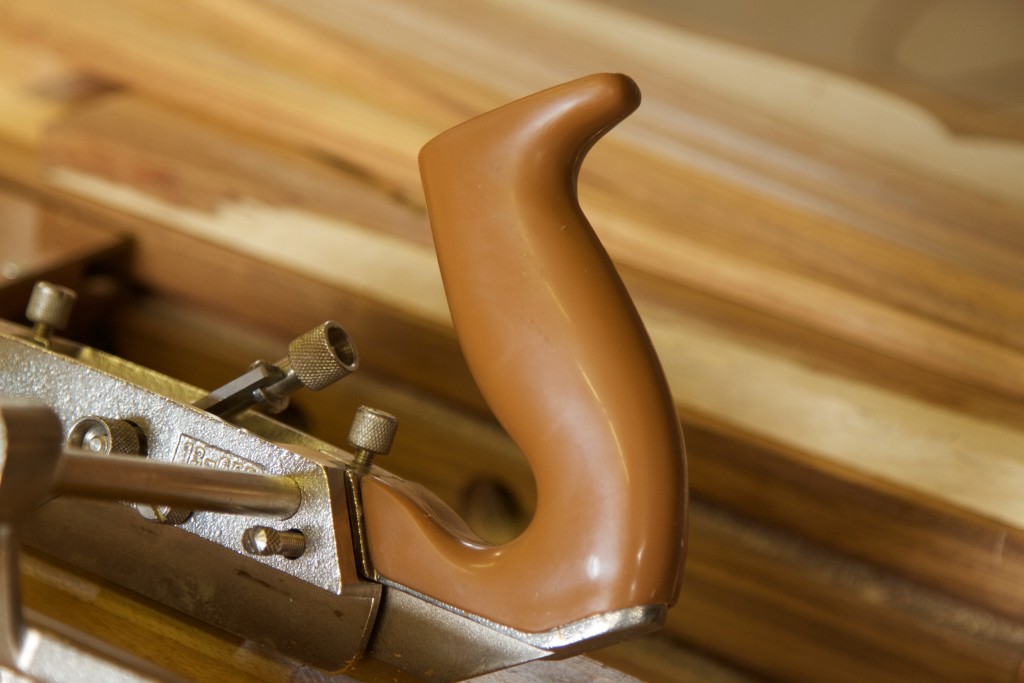

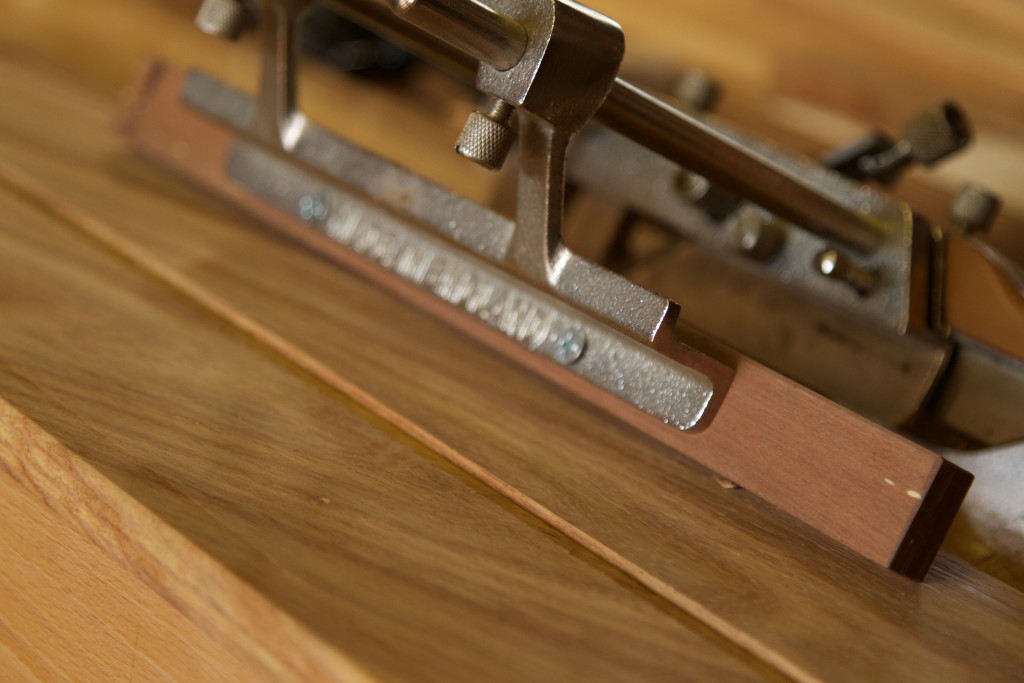

First impressions: Awesome sunset, butt ugly monkey and ohhh gorgeous piece of wood 🙂
Yes I would imagine you cannot leave anything unattended or some monkey will take off with it LOL.
Thats an interesting design you got thee, cvan wait to see the end results, should be a beauty. Now how do you prevent the monkeys from taking off with it 🙂
Bob
Thanks Bob
We need to carry everything in and out, but at least I am on the deck 95% of the time and they stay well clear of me. It might have something to do with my knack of shooting at them with pepper filled paintballs. They might not speak english, but they understand this type of communication very well. In a few cases I have driven the whole family including myself off the deck for a while, by hitting a branch or tree too close to the deck and the wind carries the pepper dust all over the place.
I will take lots of photos the end of the year and post it here.
Nice to hear from you, hang in there.
Gerhard
Hey Gerhard,
Great post. That is a truly amazing board that you are using. Thanks to the link to the species information page, that was an interesting read too. I like your design and look forward to seeing the finished project. Nice work on the mortises, they look very crisp.
Jonathan
Thanks Jonathan
Remember you are always welcome to go and spend time at the beach house if you feel like playing paintball with monkeys, cook your food on an open fire, and swim in an ocean that ranges between 15-20 degrees most of the year.
Have a wonderful day.
Gerhard
Keep a close eye on that paint gun, I wonder how long it would take these monkeys to figured out how to use it? Duck, they are armed and shooting back 🙂
Had a look at the species you are using, i’m intrigued, will have to check if any of those are available here in the city
http://eastcoastspecialtyhardwoods.com/
Bob, picturing monkeys with paint gun…Game on! 🙂
Hi Bob
You are quite right, they do learn very quickly, but so far they only worked out that they should avoid me when I am armed, it has not occurred to them that they can get armed themselves.I dread the day.
I really hope you can find some Dolfhout, it is an absolute pleasure to work with as it is much softer than the other native species I wrestle with.
Have a wonderful day.
Gerhard